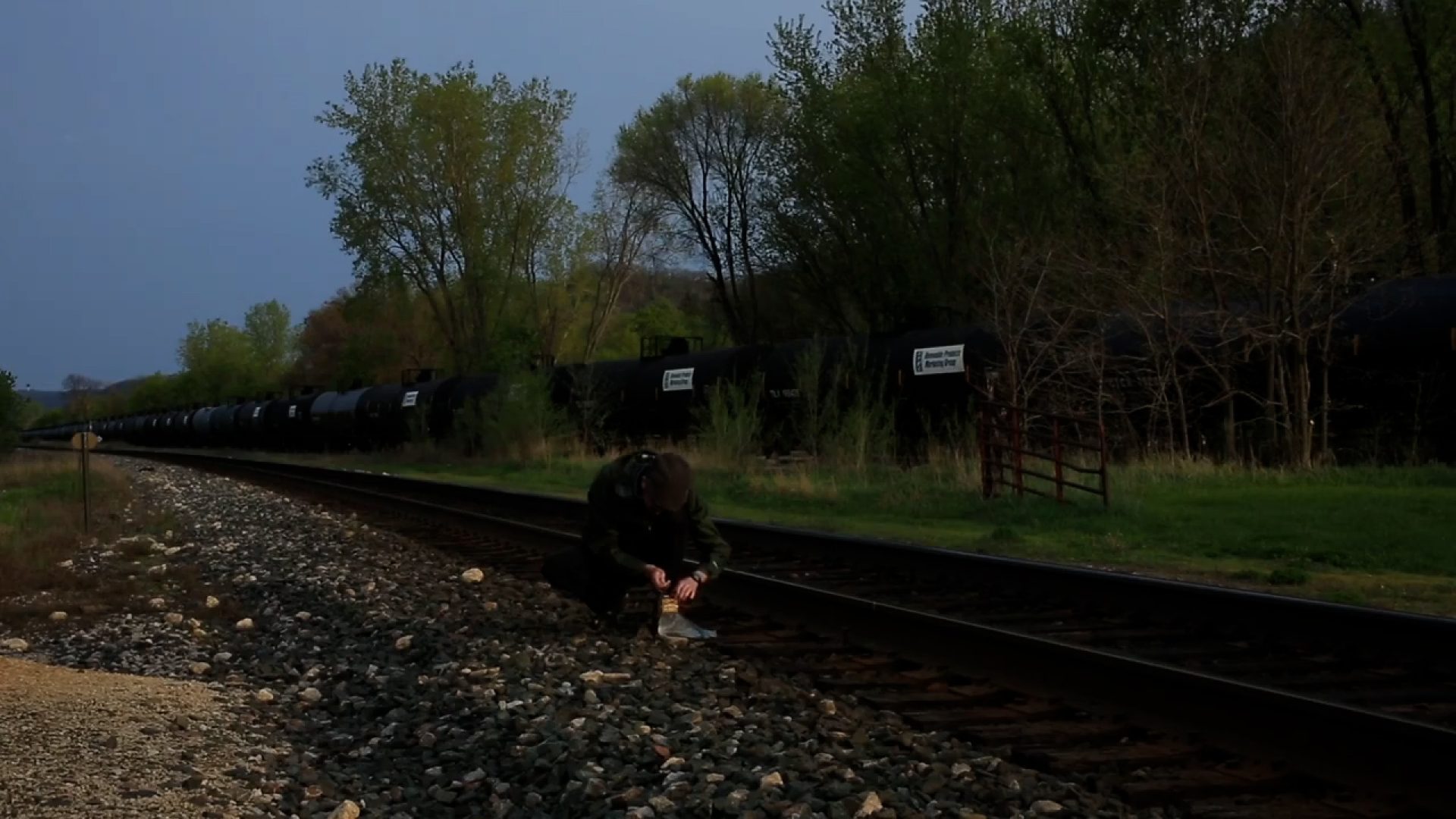The main goal of this project is to explore the subtle sensations generated by infrasound during the perceptual process[1]. The process includes capturing infrasound from urban areas and reproducing it in an art installation environment. In order to define infrasound[2], I follow the canonical definition of any frequency under 20 hertz focusing my research on recordings with an anthropogenic origin and a special interest in the sonic presence of trains, from subway to long distance, in populated environments. This body of work has started in 2010, registering the presence of infrasound in cities like New York, Chicago and San Francisco as well as less populated areas like Winona, Minnesota and San Sebastian, Spain.

[1] My interest in the body sensations is rooted in the Buddhist approach to psychology or Abhidrarma. Trungpa, Chogyam. Glimpses of Abhidharma (Boston, U.S.A.: Shambhala Publications, 1975).
[2] Moeller, H. and C. S. Pedersen. Hearing at Low and Infrasonic Frequencies, Noise & Health, v6 issue 23. (London, UK: Noise Research Network 2004) pp. 2.
